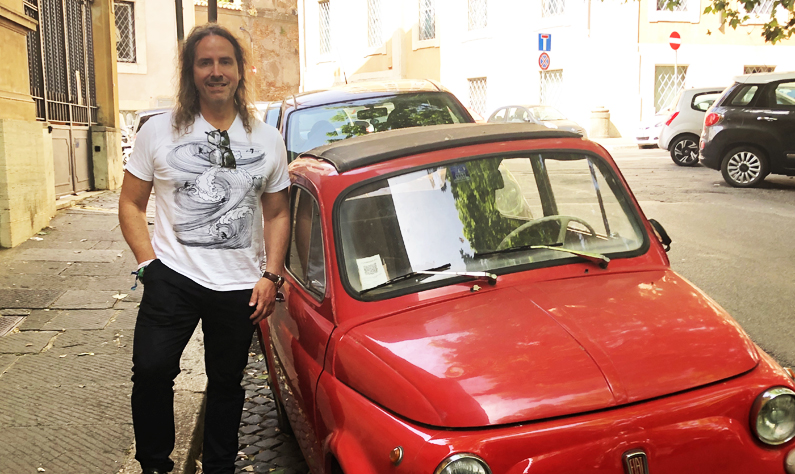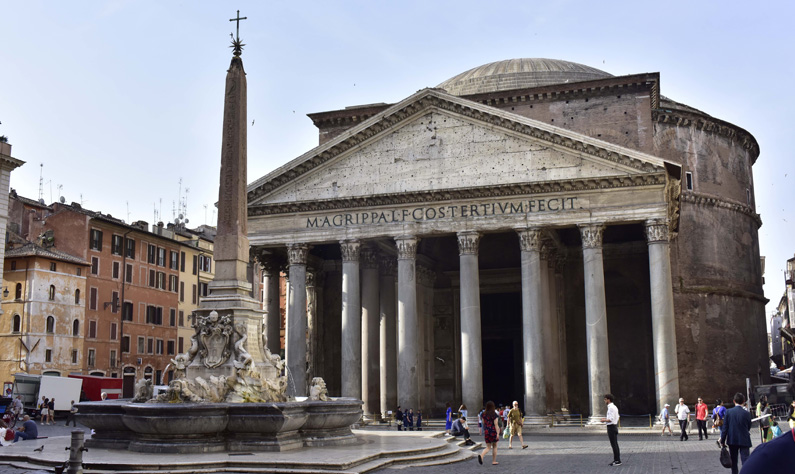
Fiat 500 is a very nice car that warms the heart of those of us who are nostalgic towards autos. Sprung from a time when we were anticipating an apparent eternal growth and just starting a long journey of development. There were no limits. Everything was simple. As simple as building a shopping mall or a city centre is today.
The downturn of the city centre and commerce?
The discussion of urban development and the death of physical commerce have suddenly jumped to the top of the agenda. Quattroporte has previously shared our insights from our trend and research trips around the world, in countries where development has outpaced Sweden. Where empty retail properties on Madison Avenue, Fifth Avenue, Sunset Boulevard and Oxford Street tell a clear story.
In many places it has been obvious for a while now that even restaurants and cafes have reached saturation point. As if this is not enough, there are now signs that office properties might have reached their max. Far too many office buildings are left half full, and the logical next step is that the tenants i.e. the companies reduce their office space. The development is very clear in the US, where the value of office properties is continuously dropping. The exception to the rule is WeWork, that, so far, is valued highly by the market. Flexible office space without commitments in attractive locations. In Stockholm, in the centre of town, on Malmskillnadsgatan.
So what should we fill our city centres with in the future? We would all rather shop online from Amazon than in H&Ms stores, we would all much rather work from home, or for that matter, from that cosy café? The Internet after all, is everywhere.
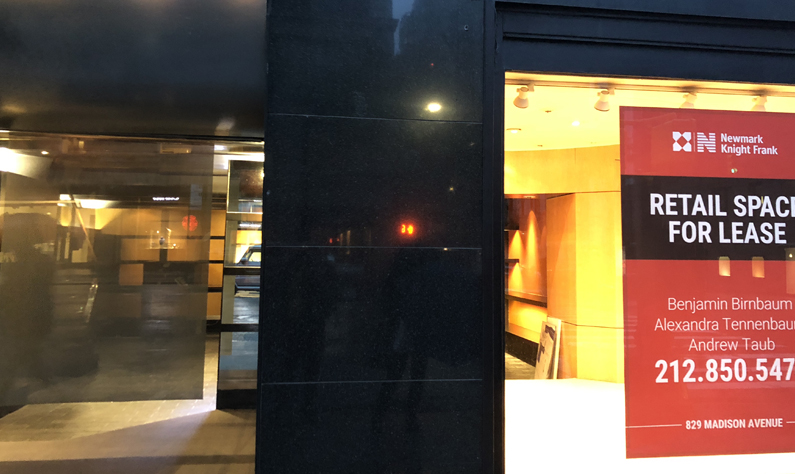
Three new places for 2030 and beyond
Maybe three new-born places that Quattroporte has visited in recent years can provide some clues.
At Sugar Domino Factory in Brooklyn, near hip Williamsburg, focus lies on mixed-use spaces, where offices, residences and communal areas interact. Commerce is made up by groceries, drug stores and zoo shops, as well as, a large selection of restaurants and bars. All encompassed in a large well-planned park next to the water that sports activities for one and all. The flexibility, on the whole, is significant. The warehouse-like retailers of durable goods are nowhere to be seen. The target group for this neighbourhood is a well-to-do hipster generation and its’ likes. The site is under development and the process is highly inclusive.
Porta Nuova in Milan also sports a combination of residential, commercial and office properties. With unique award winning architecture and cultural activities a one of a kind area has been created. Stefani Boeris’s Bosco Verticale (the vertical forest) is the most striking with its’ acre of forest on the balconies. Together with the central park, that serves as a botanical library, it creates an area that is as far from modernist and postmodernist urban planning as you can possibly get.
Coal Drop Yards is a new site in central London. It boasts offices, retail and universities that create a palpable dynamic. Worth a special mention is the Tom Dixon flagship store and world famous design school Central Saint Martins. Preserving industrial structures in combination with new developments makes this area appealing.
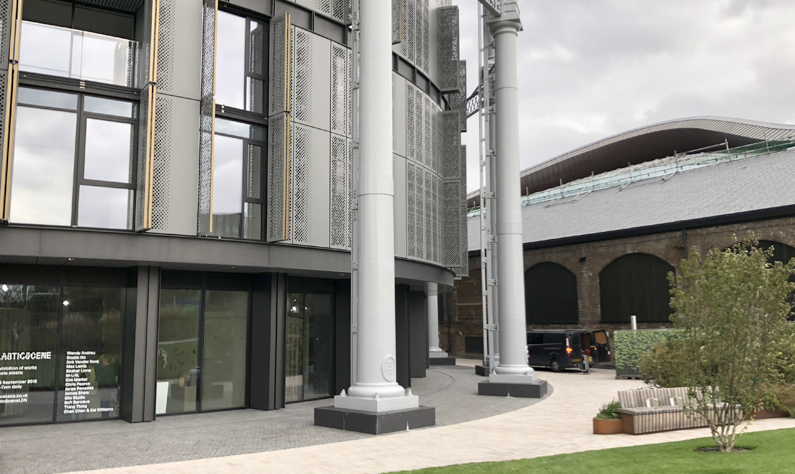
The renaissance of the neighbourhood and Genius Loci (The soul of the place)
Domino Sugar Factory, Porta Nuova and Coal Drops Yards are three spatially very different places. What unites them is the genuine will to create something that fits their particular locale. Something that strengthens and transmits the soul of the place. Ambitions are set high, to fashion something new that resonates with the future. For some time now Quattroporte has been noting an increased interest in the neighbourhood, oftentimes it is seen as more important than the city or the municipality.
We can measure the soul of the place using the Big data system Q-Ball, this could give us a hint as to how well their development has succeeded.
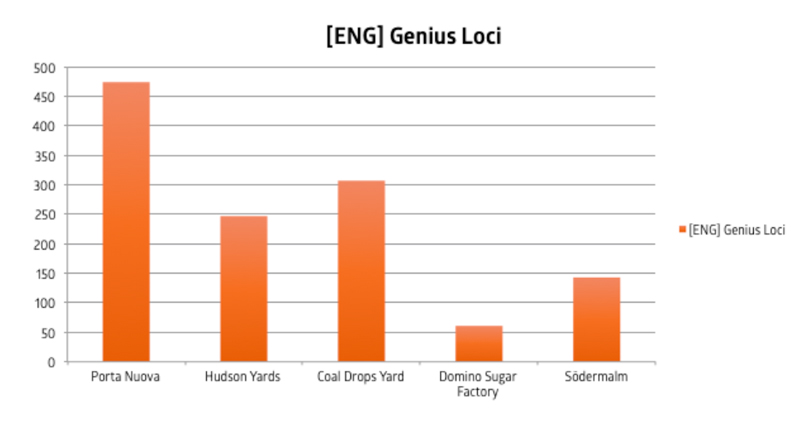
The process moving forward– the neighbourhood of the future
There are no general solutions for the city of the future. As my good friend Ulf Maxe told me the other day; The script is not yet written. A well developed, and site specific, process for determining what is required to create a space that is vivacious and interesting is highly necessary, indeed often crucial. Using only old experiences and previous insights can prove fatal.
When analysing new places Quattroporte is almost always surprised by the level of interest from the public. Many want to contribute to the process. Research clearly shows how best to involve players and thus capturing the city of the future together. Quattroporte has worked with these processes since 2005 and has seen trends come and go. The development is fast. But it can be made sustainable. Given time.
Paramount for real estate owners and city planners is to look ahead to be inspired and create relevant and valuable spaces for the future. To an increasing extent the creators of spaces will realize that each place is unique and that serious, honest analysis is required to grasp what is sustainable and valuable in the long run. For everyone.
It comes down to creating the neighbourhood of the future. An area that people identify with, that has a special feeling and a special expression. Because of this it won’t do to provide general solutions using old plans. Regardless if you are a city planner, a retailer or an architect you have the responsibility to innovate, to provide plans that work for this specific neighbourhood. This is not a question that can be reduced to modernist or classic architecture, but a deeper understanding of the site and its’ future. A feeling. In essence the people who are supposed to reside in the neighbourhood.
The city is changing, and the city as we know it today will perish. This is natural. The will to live together and have access to an assortment of work places, culture and other experiences will not go away. The new city will just change, be closer and have more of a neighbourhood feel to it. Whether we like it or not. Clinging to the old and being nostalgic is the surest way to fail.
No matter how nice a red Fiat 500 is, it is not the car of the future. Not even for long haired middle aged man with his heart close to the Pantheon.
/Peter Majanen
